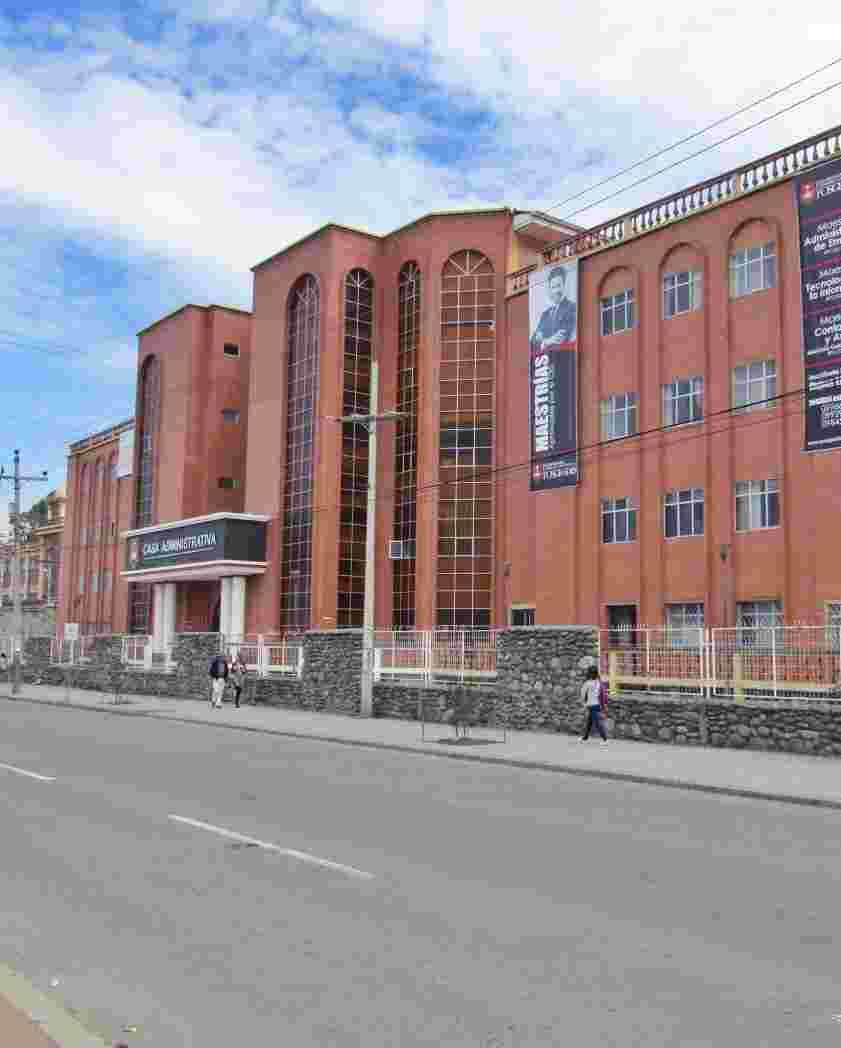Examinando por Autor "Morales Ulloa, Nicole Michelle"
Mostrando 1 - 1 de 1
- Resultados por página
- Opciones de ordenación
Ítem Acceso Abierto Extremófilos en ambientes antropizados: Aislamiento de bacterias halotolerantes a partir de sal doméstica(Universidad Católica de Cuenca., 2025) Gómez Minchalo, Andrea Silvana; Morales Ulloa, Nicole Michelle; Yarzábal Rodríguez, Luis Andrés; 0150625424; 0605446863Introduction: Saline environments are home to extremophilic microorganisms, especially halophilic and halotolerant bacteria with biotechnological potential, thanks to their enzymes and metabolites. To isolate them, products from these environments can be used, such as unprocessed table salt. Objective: To detect the presence of viable and culturable microorganisms in table salt samples available in anthropized spaces (supermarkets). Methodology: Bacteria were isolated from table salt samples using Sabouraud Dextrose Agar and Nutrient Agar supplemented with NaCl. The isolates were morphologically characterized, and their halotolerance was evaluated. Molecular identification was performed by sequencing the 16S rRNA gene and conducting subsequent bioinformatic analysis. Results: Halotolerant microorganisms were detected in samples of Flor de Sal and smoked salt, with greater diversity observed in the former (13 morphotypes) compared to the latter (4 morphotypes). Seventeen isolates were purified, with 11 selected for further studies. The majority were Gram-negative bacilli, and yeasts and cocci were also detected. All isolates exhibited tolerance to NaCl concentrations ranging from 0.5% to 10.5% (w/v), but none grew at 20.5%. Bioinformatic analysis identified strains related to the species Priestia flexa, Bacillus boroniphilus, Bacillus aquimaris, Cytobacillus pseudoceanisediminis, Mesobacillus maritimus, Aureimonas altamirensis, Pantoea eucrina, and Kocuria rhizophila. Conclusion: Eight halotolerant isolates were identified, showcasing their ability to thrive at varying NaCl concentrations. Some strains exhibited biotechnological potential, such as the production of substantial exopolysaccharides. These findings emphasize the presence of significant microbial diversity in table salt and its relevance for biotechnological applications.




